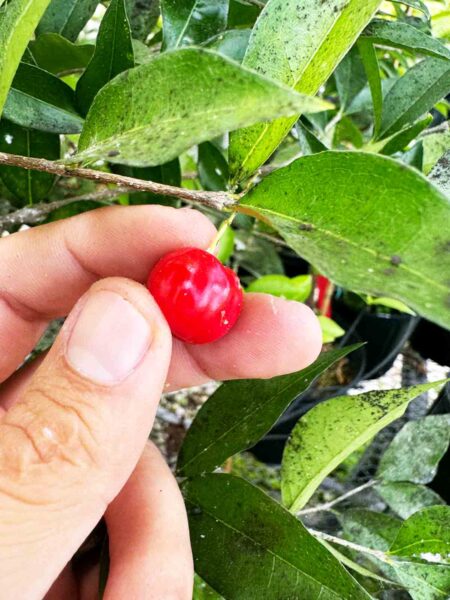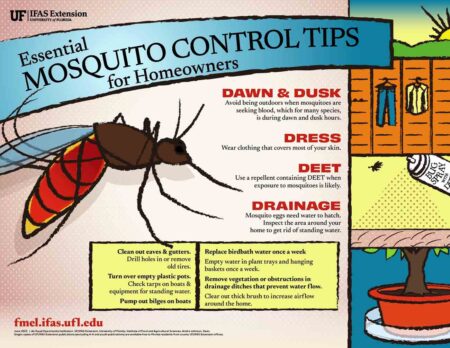There is no need to add any soil amendments in the individual planting holes. Research has shown no real advantage to adding soil amendments (compost, peat moss, manure, etc.) in the planting hole.
Q. How soon can I prune cold-damaged landscape plants following a freeze?
A. It’s best to wait and prune them after the danger of a killing frost or freeze is over. On average, our last killing frost occurs around the middle of March. Some of these plants may look like “dead sticks” through the winter. But, the dead stems and leaves may help protect the lower portion of the plant from additional freezes. So it’s best to leave them.
Pruning too soon also may stimulate additional young, tender growth that is much more likely to be injured by the next freeze. Our temperatures go back and forth all winter – one week is freezing, the next is spring-like. Waiting to prune allows you to make a better decision as to what has to be removed. Come spring, what does not produce new growth is removed (pruned).
By pruning now, you may remove parts of the plant that did not have to be removed.
Some of the more cold-sensitive tropical plants may not survive our North Florida winter freezes. Come spring, some tender ornamentals may be so weak that they are not worth trying to nurture back to health. Some of the more tropical plants may not begin to make a comeback until well into April or even May.
Q. I recently purchased a few holly plants. Should I put peat moss or other additions into each hole when I plant them and how deep should they be planted?
A. There is no need to add any soil amendments in the individual planting holes. Research has shown no real advantage to adding soil amendments (compost, peat moss, manure, etc.) in the planting hole. The most important factors are to make sure to not plant the plants too deep. Dig a shallow planting hole as wide as possible.
The depth of the hole should be slightly less than the height of the root ball. Next, find the point where the top-most main root emerges from the plant’s trunk. Because many plants will already be too deep in the container, you may have to remove the uppermost potting mix before finding one or more main roots. The main roots I’m referring to will be comparable, in diameter, to the diameter of some of the plant’s main limbs.
If all you’re finding at the surface are very small fibrous roots, you’ll have to keep digging until you uncover at least one of the main roots. Then set the plant in the ground so the main root is at the soil surface after the plant has been planted. It’s better to err on planting the plant too shallow verses too deep.
Larry Williams is the Extension horticulture agent with the Okaloosa County Cooperative Extension Service, University of Florida. Contact Larry at 689-5850 or email lwilliams@myokaloosa.com.







